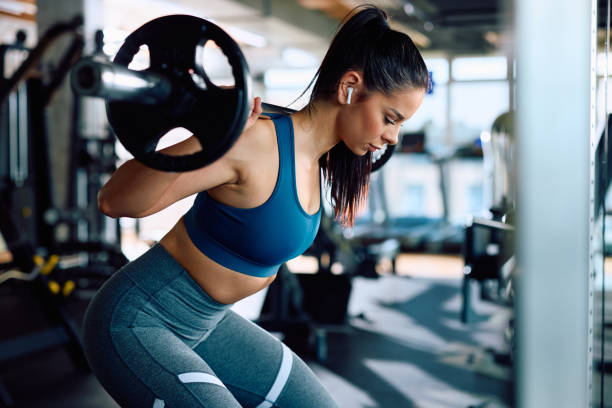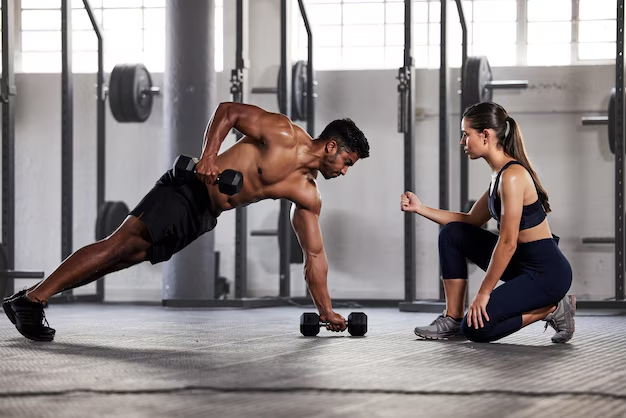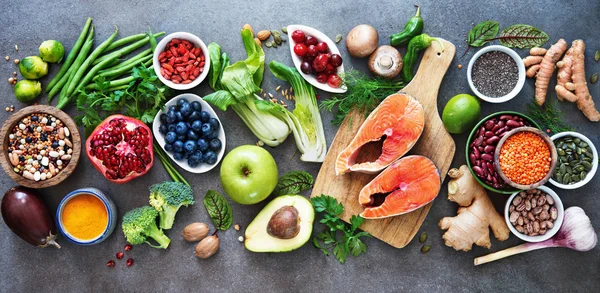How Athletes Build Muscle and Boost Performance
Building muscle and strength is essential for athletes who want to excel in their respective sports. Whether you’re a sprinter, a football player, or a gymnast, the foundation of superior athletic performance lies in strength and muscle development. In this article, we’ll cover key muscle building tips for athletes, how to build muscle and strength, and what training strategies can help improve your overall performance.
Strength Training for Athletes: Why It Matters
Strength training for athletes is a critical component of a well-rounded training regimen. It not only helps you build muscle but also enhances endurance, agility, and speed, all of which contribute to better performance in any sport. Developing strength helps prevent injuries by improving joint stability and correcting muscle imbalances. This means that athletes can perform at higher intensities for longer periods, all while reducing their risk of injuries.
When incorporating strength training into your routine, it’s essential to focus on compound movements like squats, deadlifts, and bench presses. These exercises engage multiple muscle groups and are highly effective in building muscle for sports.
Muscle Building Tips for Athletes: A Structured Approach
To build muscle and strength, athletes should follow a structured and goal-oriented approach to their training. Below are some top muscle building tips for athletes that can help them maximize their strength and muscle development:
- Progressive Overload: One of the fundamental principles of muscle building is progressive overload. This means gradually increasing the weight or resistance you use in exercises to challenge your muscles. Over time, your muscles adapt and grow stronger, leading to increased muscle mass.
- Train with Intensity: Training with high intensity is essential for stimulating muscle growth. Include high-intensity interval training (HIIT) or heavy lifting in your regimen. The more muscle fibers you engage, the more they will grow and adapt.
- Prioritize Compound Movements: Exercises like deadlifts, squats, and pull-ups activate multiple muscle groups simultaneously, allowing you to build more muscle in less time. These compound movements are fundamental for building strength and muscle.
- Recovery Is Key: Building muscle isn’t just about training; recovery plays a pivotal role. Adequate rest allows your muscles to repair and grow stronger. Incorporate rest days into your training schedule to allow muscle tissue to recover and avoid overtraining.
- Track Progress: To ensure that you're making strides, track your workouts and nutrition. Keep a log of your lifts, the weights you use, and any improvements. Tracking helps ensure that you are consistently challenging your muscles and avoiding plateaus.
Proper Nutrition: Fueling Your Body for Muscle Growth
You can build muscle and strength only if your body is properly fueled. Nutrition is an integral part of any athlete’s training regimen, and getting the right macronutrients will help your body recover, grow, and perform at its best.
- Protein: The building block of muscle tissue, protein is vital for muscle repair and growth. Aim to consume lean protein sources like chicken, fish, eggs, and plant-based proteins like lentils and quinoa. A common recommendation is to consume 1.2 to 2 grams of protein per kilogram of body weight, depending on your training intensity.
- Carbohydrates: Carbs provide the energy you need to fuel intense workouts and maintain stamina. Foods like rice, pasta, oats, and fruits are great sources of carbs. They replenish glycogen stores, helping you sustain energy levels during workouts.
- Healthy Fats: Don’t neglect healthy fats, as they play a crucial role in hormone regulation, including testosterone, which is vital for muscle growth. Include sources of healthy fats such as avocado, nuts, seeds, and olive oil in your diet.
Sports Fitness Training: A Holistic Approach
To build muscle for sports, athletes need to incorporate not just strength training, but also sport-specific fitness training. This includes agility drills, flexibility routines, and endurance training.
- Agility and Mobility: In addition to strength, athletes must maintain mobility and agility. Incorporate flexibility exercises and dynamic stretching into your warm-up and cool-down routines. This will improve your range of motion and reduce the risk of injury.
- Endurance Training: For athletes who compete in endurance sports, it’s important to balance muscle building with cardiovascular conditioning. Endurance training can be integrated into your routine to help you build both muscle and stamina.
Improve Athletic Performance with Smart Training Strategies
Improving athletic performance requires more than just lifting weights or running drills. A smart, well-rounded approach that includes strength training for athletes, proper nutrition, and recovery will help you become a more powerful and efficient athlete.
To maximize results, be sure to focus on consistency, track your progress, and listen to your body. By following these guidelines, you’ll be well on your way to building muscle and strength for enhanced sports performance.
For more expert advice on muscle building and athletic performance, stay updated with HSWF Network, where we provide the latest tips and resources for athletes looking to take their training to the next level.





